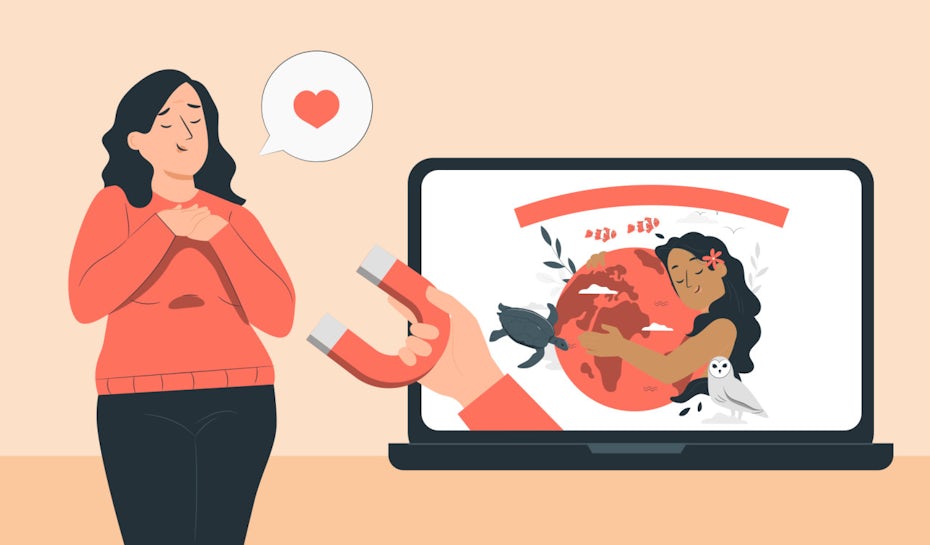
Designing for emotion involves creating products and interfaces that intentionally evoke emotional responses from users to generate positive user experiences. This approach taps into users' visceral, behavioral, and reflective cognitive levels[1][2][3].
Visceral design refers to the user's immediate reaction to a design's aesthetics, which suggests how easy and satisfying it will be to use[2][3][4]. Behavioral design focuses on how well a product meets users' needs and how effortless it is to interact with[2]. Reflective design involves users' conscious evaluation of a product's performance and overall value after usage[1][2].
Elements of emotional design include:
Visual design: Utilizing color schemes, typography, and imagery to create personality and brand identity[3][4].
Usability: Ensuring products are intuitive and easy to navigate, reducing user frustration[3].
Functionality: Designing products that work well and meet user needs effectively[3].
Content: Crafting copy, images, and videos that resonate with users on a personal and emotional level[3][4].
Techniques to apply include creating a brand personality, engaging storytelling, and attention to detail in every design aspect to reinforce emotional connections[1][2][4]. Understanding and targeting specific user emotions can lead to increased engagement, loyalty, and satisfaction[1][5][6].
In conclusion, designing for emotion is about creating engaging, memorable, and user-friendly experiences by considering the emotional reactions of users and incorporating elements that appeal to their heart and mind[1][2][3][4][5][6].
Get more accurate answers with Super Pandi, upload files, personalized discovery feed, save searches and contribute to the PandiPedia.
Let's look at alternatives:
- Modify the query.
- Start a new thread.
- Remove sources (if manually added).